Project Overview
Overview & Events
The objective of the Line Ratings and Increased Power Flow project is to allow increased utilization of transmission assets to maximize power flow while managing risks. This requires balancing the need for more energy with the cost, complexity, lead time, and regulatory requirements surrounding different strategies to find the either the “right size” or a “no regrets” solution. This optimization allows more efficient, reliable, and resilient operation of the grid. Leveraging an improved understanding of risks and risk mitigation methods, utilities can balance capacity decisions against short-term risks such as maintaining statutory clearances and long-term risks such as reduced asset life.
This project intends to document knowledge regarding the selection, design, and application of transmission ratings and uprating methods. Utilities can leverage this information to better understand how legacy practices, new regulations, emerging grid-enhancing technologies, and industry disruptors can be managed.
This project addresses multiple industry needs, including the following:
- Documenting lessons learned from utility uprating projects around the globe
- Assessing the performance of commercially available uprating technologies
- Quantifying the cost, system risks, and time to complete uprating alternatives
- Testing utility conductors to increase ratings accuracy
- Exploring novel uprating technologies and identifying gaps in practices/standards
- Tracking new standards and regulations to establish best practices
- Providing reference and training materials
- Developing engineering software tools
Research Value
Research related to line ratings and increased power flow can lead to:
- Reduction in capital and operational costs by maximizing existing transmission infrastructure
- Increasing circuit ratings, which can reduce congestion and allow integration of new generation or to serve sudden load increases (such as from data centers)
- Increased safety and reliability by using mature models to determine the effects of increasing current on the existing system
- Reduction in operational cost by understanding where limiting conditions may be located to prioritize inspection and remediation solutions
Planned 2025 Research
To address knowledge gaps and develop improved practices, research and development (R&D) is conducted by performing literature reviews, evaluating new standards and regulations, performing historical and what-if analysis on digital twins, performing laboratory testing, and gathering data using in-service lines at member-hosted evaluation sites. The following list of tasks represents the areas of concern identified by utility members and advisors requiring additional focus in 2025.

Deploying Grid Enhancing Technologies: Deploying Grid Enhancing Technologies: There are many providers in the grid-enhancing technologies (GETs) space. EPRI routinely monitors emerging technologies and updates to existing tools to increase member awareness. Information is typically captured in EPRI guidebooks and presented during meetings.
In 2025, EPRI plans to add a technical report to “demystify” the array of dynamic line rating (DLR) technologies, discuss what makes them different, and describe the inherent strengths and weaknesses of their approaches.

Uprating Field Trials: Uprating Field Trials: Utilities often wish to pilot an emerging technology, such as DLR sensors, to get hands-on experience with the new tools and practices. EPRI collaborates with members to provide guidance, capture lessons learned, and provide data needed to conduct performance evaluations.
The findings are brought back to members via presentations by the host utility and technical reports. This allows utilities to understand the potential benefits as well as the barriers to adoption. In 2025 there are several scheduled technical presentations.
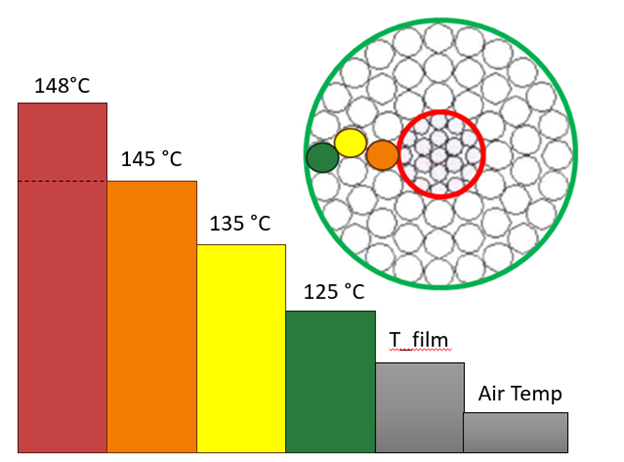
Conductor Characteristics for Ratings: Conductor Characteristics for Ratings: Due to fundamental properties of heat transfer, conductors are hotter at the core than at the outer surface. The increased core heat can lead to line sag being greater than projected in software tools. A combination of literature review, modeling, and lab testing can be used to establish correction factors to prevent utilities from exceeding clearance requirements or identifying the required ampacity derates if no action is taken.
In 2025 we plan to document the ‘state of the science’ and outline the steps and tests needed to close this knowledge gap.
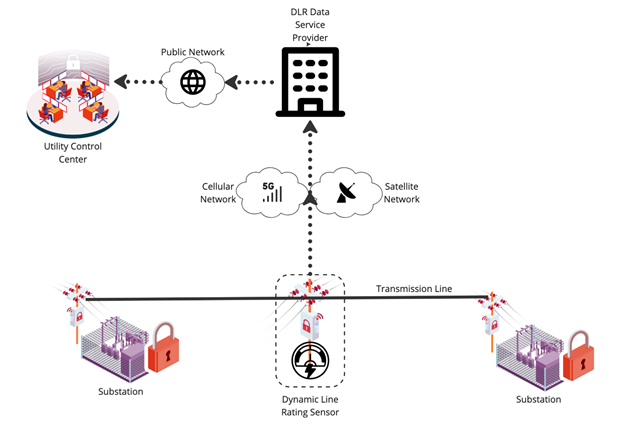
Project Acceptance & Stakeholder Coordination: Project Acceptance & Stakeholder Coordination: Utilities face many challenges in getting upgrades and new construction projects accepted. This task maps different upgrade scenarios to the challenge areas such as corona loss, electromagnetic fields, and cybersecurity to aid engineers in identifying “least regrets” options when considering upgrades to existing lines. Many of these issues are hindered by the need for coordination with internal and external stakeholders who may not be SMEs.
The primary focus in 2025 will be mapping ambient adjusted rating (AAR) and DLR technologies to the relevant communication and cybersecurity considerations. The overall goal being to provide workflows that simplify coordination between stakeholders. Later reports will address other topics in a similar manner.
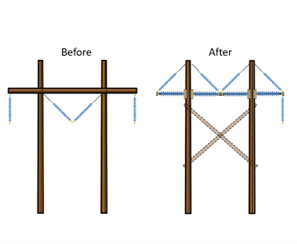
Increased Power Flow and Limiting Components: Increased Power Flow and Limiting Components: As part of this task, EPRI plans to work with utilities and technology providers to identify case studies where lines have been uprated. An update to the Recent Increased Transmission Line Utilization Projects report is planned for 2025. This report includes case studies that have implemented uprating solutions such as coated conductors, voltage upgrades, reconductoring, and DLR to provide real-world lessons learned and decision-making processes from around the world. Utilities may use these findings to better understand where limiting components are within the system and the potential capacity increases available.
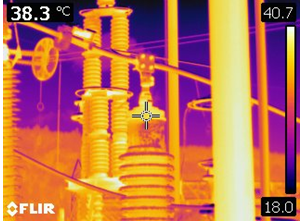
Evaluating Practices and Standards: Evaluating Practices and Standards: Utilities are required to adjust to ever-changing regulatory requirements and industry standards. This task seeks to provide workflows and best practices to help utilities navigate these changes efficiently and to capture the potential risk exposure of different adoption strategies. In 2025 an update is planned for the Increased Powerflow Guidebook (The Platinum Book)—to document changes to standards for overhead lines (IEEE Std 738) and substation bus (IEEE 605). In parallel, a set of Platinum Book calculators are being developed to address a range of ratings topics.
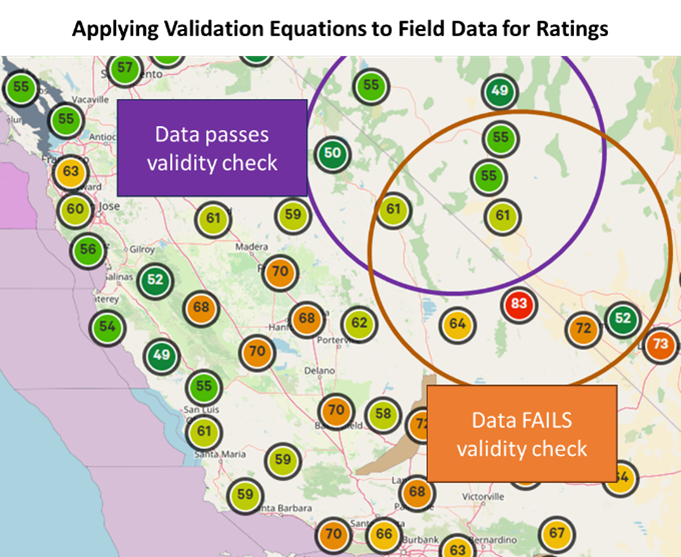
Weather Models and Forecasted Ratings: Weather Models and Forecasted Ratings: As utilities begin to apply AAR and FERC Order 881, there will be initial lessons learned. As part of this task, EPRI will work with utilities to capture their initial experiences, any unexpected issues, and workflow improvements that are made around handling data needed for ratings development. In parallel EPRI will be gather weather model and forecast data to better understand the errors in AAR and DLR forecasts – this is a long-term activity to support a future year report.
Ways to Engage
Utility subject matter experts in line design, transmission planning, standards/compliance, transmission ratings, and operations can utilize the results from this project.
Members are encouraged to participate in several ways:
- Attend task-force meetings and update webcasts
- Provide conductor samples for evaluation
- Share information on your utility’s standards or practices and uprating experiences
- Collaborate in one-on-one training and research summaries (contact Justin Bell)
- Attend testing at EPRI laboratories
- Provide guidance on utility needs and emerging issues
- Perform comparative assessments using TRW software tools
- Participate in customized projects to address uprating needs, such as assessing commercial line rating sensors
- This project provides an opportunity to meet and network with ratings experts from other utilities.